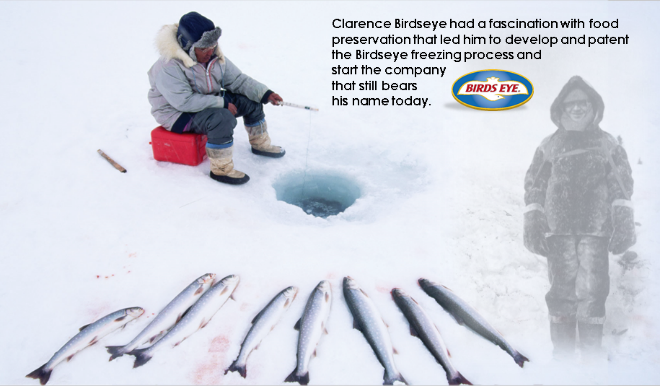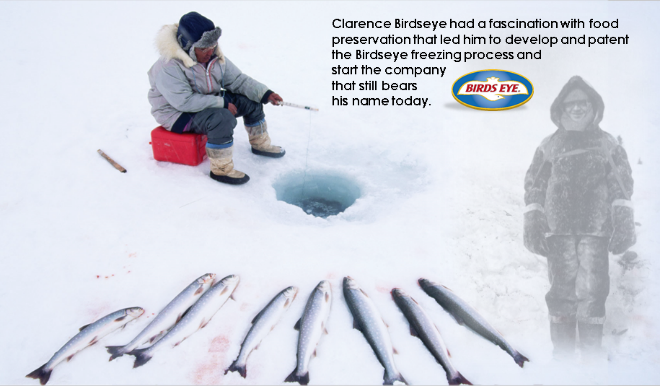Find Innovation with Intention
Inspiration for innovative concepts exist in every aspect of life. That said, the best way to come up with a breakthrough idea is by intentionally looking for one. For the most part, Eureka moments happen when driven by a goal to find a different, better answer than the one you currently have.
Your state of mind when actively trying to solve a problem, or answer a question, is similar to an operating system that perpetually processes in the background until deactivated (when a problem is solved or is no longer of interest). However, unlike a computer, innovative ideas are not instantaneously formulated. It takes patience and time when trying to think up alternatives and more often than not, the best one is rarely the obvious, comfortable, nor the most convenient option. The missing piece or new perspective on an existing idea takes time to manifest through sight, empathy and your mind’s eye – so never take the first acceptable notion that comes up, for expediency sake.
Apply New Ideas to Existing Problems
As an example, Clarence Birdseye developed the concept of flash-frozen food by turning a centuries-old tradition into a revolutionary process. Like an invention intended to create change, it took multiple iterations and significant retooling before he was successful.
centuries-old tradition into a revolutionary process. Like an invention intended to create change, it took multiple iterations and significant retooling before he was successful.
Birdseye was a fur trader in the Arctic when he became passionate about food preservation. Conventional freezing methods of the time were slow, commonly done at higher temperatures taking 18 hours or more, resulting in dry, often tasteless food. Birdseye solved this problem.
He was taught by the Inuit Eskimos how to ice fish under very thick ice. In -40°C weather, he discovered that the fish he caught froze almost instantly, and, when cooked, were tender and flaky, tasting almost as good as when cooked immediately after being caught.
By applying what he learned about ice-fishing, Birdseye discovered the basis for an entirely new type of freezing operation, and expanded the potential for the frozen food market exponentially. He recognized a business opportunity others encountered, but overlooked, simply because he saw the potential within the context of an existing problem and an intention to create change.
What You Don’t Know Can Hurt You
Sometimes everything needed to solve a problem, or come up with a creative solution is right in front of us, but we don’t know enough to recognize its value. In these situations, we simply cannot see what we are looking at. When you lack subject matter familiarity, understanding, or knowledge about a subject, what you look at may not register. Being uneducated about a subject could lead to a lack of awareness, which creates a gap between what you see and its value within the larger scope. In this case, what you don’t know can hurt you.
Some connections are made over space and time, causing delayed reactions. For example, the answer appears in separate parts and different places at different times. Each piece unto itself is incomplete and worthless to you. But when the components come together in one frame of thought, you find exactly what you need. The value of the whole could only be seen when the relationships between the parts are together – such as by connecting what we see physically with what we view through our mind’s eye.
When Clarence Birdseye applied his new ice fishing experience to what he already knew to be true about the current frozen food industry, he was intentionally seeing innovatively. Thanks to his perseverance and open-mindedness to accept failure in the path to invention, frozen foods are a staple of modern life.
Innovation is waiting to be found, but it takes an open and active mind in search of an answer to link together what is seen physically in real time, with what our mind’s eye associates in our memory banks of past knowledge to develop a truly unique concept. To put it succinctly, the idea of innovating is the intention that drives creative thinking.

